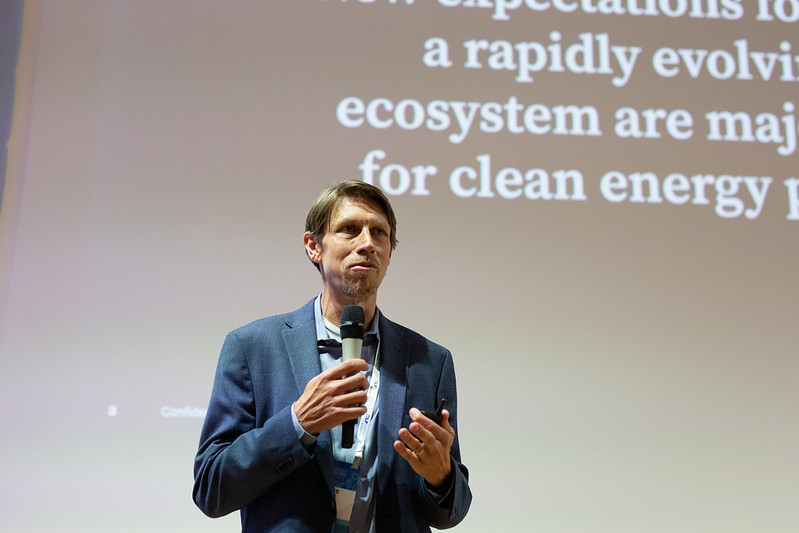LF Energy Summit Recap: Accelerating Clean Energy Procurement with Demand Response with McGee Young of WattCarbon
LF Energy Summit 2023 brought together industry leaders and innovators to discuss the latest trends and advancements in the clean energy sector. One session titled “Incorporating Demand Response Into Clean Energy Procurement” was presented by McGee Young, Founder and CEO of WattCarbon (video follows below). In this post, we’ll summarize the key points from the session, shedding light on the role of demand response in accelerating clean energy procurement.
Clean Energy Revolution is Underway
Young started the session by emphasizing the ongoing clean energy revolution. Renewables have become substantially cheaper than fossil fuels, leading to significant growth in the renewable energy sector. This transition is largely driven by economic factors. However, Young highlighted that his passion for clean energy lies in its environmental impact, particularly the decarbonization potential in the built environment.
Decarbonizing Buildings as a Key Lever
Young stressed that decarbonizing buildings plays a crucial role in achieving climate goals. By embracing cleaner energy sources in buildings, a massive lever for reducing carbon emissions can be effectively utilized. In fact, decarbonizing buildings alone can help reach the targets set by the Paris Climate Accords. This not only buys time for tackling other challenging sectors but also sets the foundation for a sustainable energy future.
Transitioning to the New Grid
The session also explored the transition from the old grid, relying on centralized power production, to the new grid, which embraces distributed resources and demand response. Young explained that this shift is essential to optimize the use of renewables, ensuring energy consumption aligns with clean energy availability. The rise of independent power producers and prosumers (consumers who also produce energy) is reshaping the energy landscape.
Challenges in Clean Energy Procurement
As the grid evolves, challenges arise in clean energy procurement. Fluctuating renewable supply and demand create complexities when trying to ensure continuous clean power. Young pointed out the “duck curve,” a visual representation of the energy demand-supply imbalance, and the need to address this issue for efficient clean energy procurement.
Procurable Demand Response
To overcome the challenges of clean energy procurement, Young introduced “Procurable Demand Response.” This innovative concept leverages demand response resources to drive clean energy into the grid when it is needed the most. By actively allowing users to procure clean energy during critical hours, Procurable Demand Response contributes to a cleaner and more stable grid.
As the clean energy sector continues to evolve, innovative ideas like Procurable Demand Response pave the way for a sustainable energy future. Collaboration among industry players and the adoption of open and transparent practices will be crucial in unlocking the full potential of demand response and realizing the clean energy goals of tomorrow.
